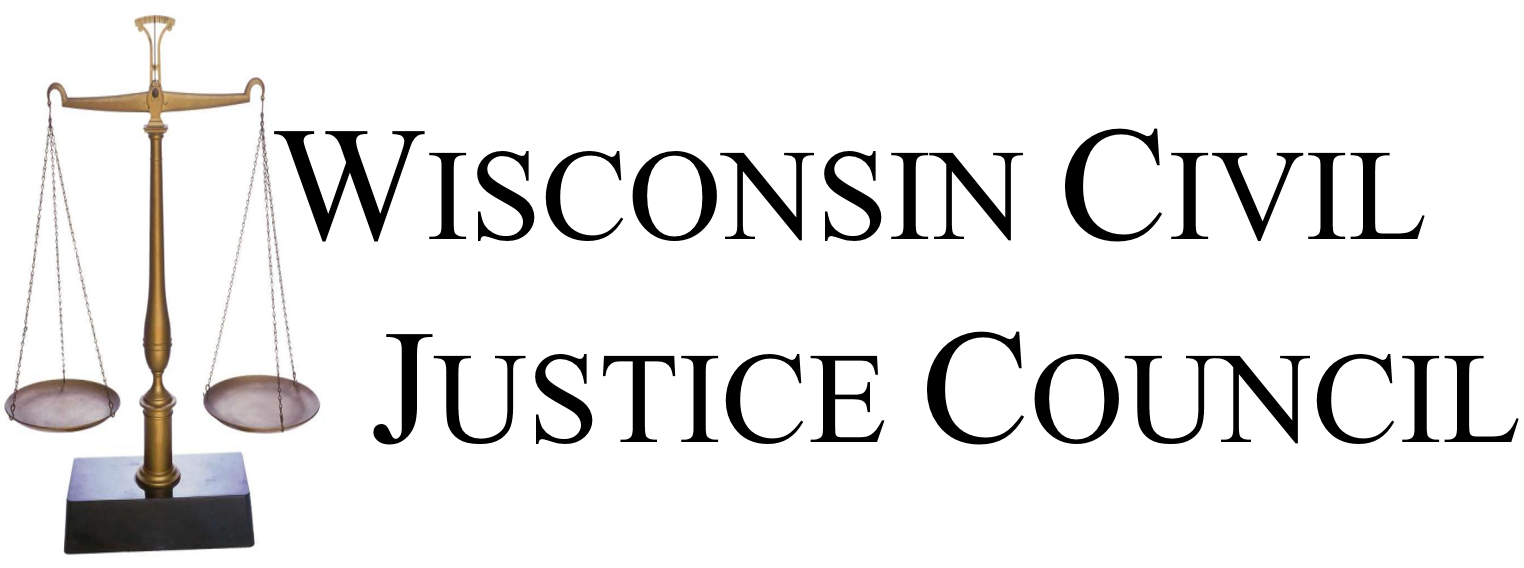On May 31, a federal jury in the Eastern District of Wisconsin issued a $6 million verdict to the plaintiffs in a trial relitigating whether plaintiffs can hold companies liable for marketing and manufacturing lead paint before it became illegal in 1978. The case is the first to use Wisconsin’s unique risk contribution theory of liability to allege defendant manufacturers caused the plaintiffs’ injuries, despite their inability to specifically link defendants’ products to their injuries. In this latest case, Burton v. American Cyanamid et al., defendants presented specific evidence that they did not manufacture the paint used in plaintiffs’ homes; however, three out of four defendants were still found liable under the risk contribution theory.
In 2005, the Wisconsin Supreme Court ruled in favor of plaintiffs using risk contribution theory in a similar case (Thomas v. Mallet). The decision allowed plaintiffs to hold manufacturers liable for contributing to the overall risk of lead poisoning, whether or not their paint specifically caused the injuries in question. The burden is placed on lead paint manufacturers to prove they did not produce or market lead paint during the relevant time period or in the geographical market.
Only one of four defendants in Burton v. American Cyanamid was able to prove it was not negligent in producing or marketing lead paint in Milwaukee during the relevant time. The remaining three defendants were found liable for negligently producing and marketing lead paint without adequate warning labels, causing the plaintiffs’ injuries. Accordingly, liability for the plaintiffs’ injuries will be distributed among the remaining three defendants based on their share of the market at the relevant time. The jury awarded $2 million per plaintiff, for a total of $6 million. The jury will determine market share at a subsequent trial.
The defendants plan to appeal the verdict.
